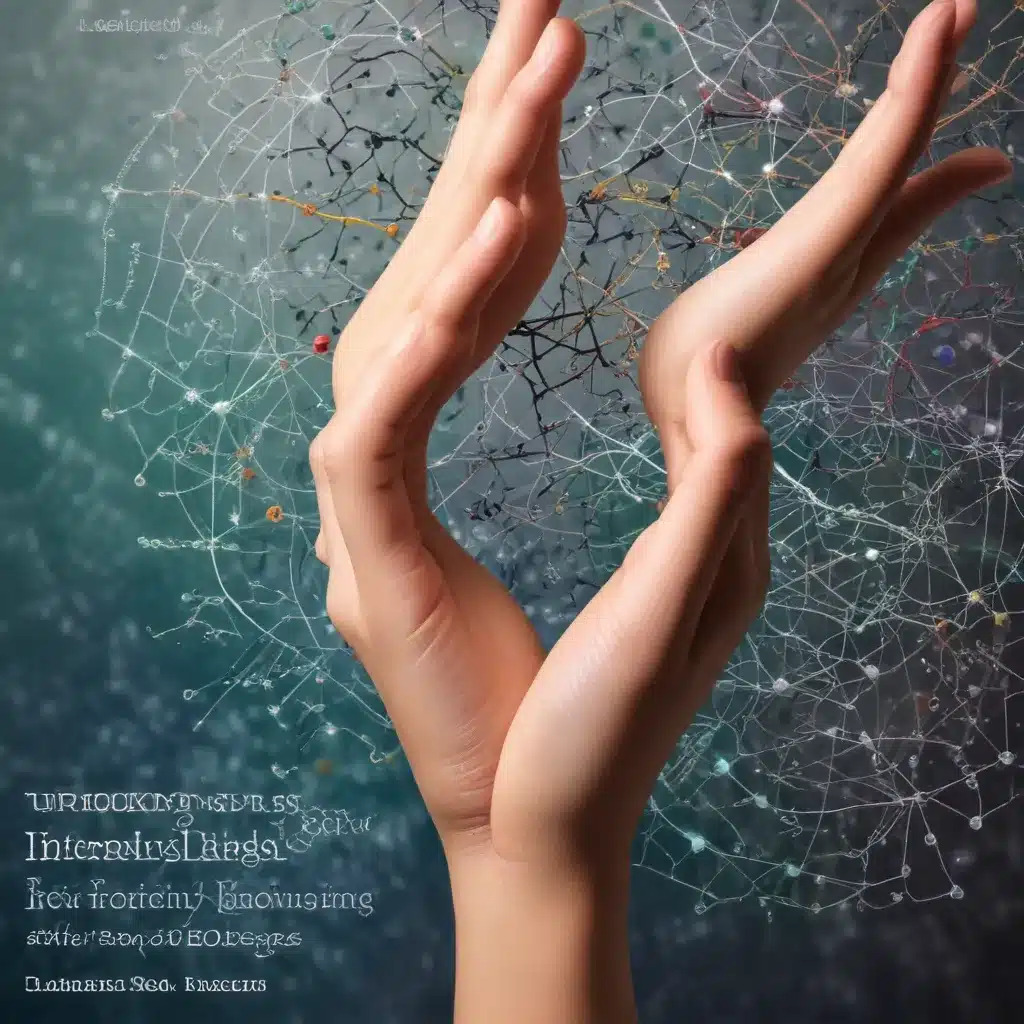
Understanding Interleaving and Its Benefits
Interleaving, a powerful learning technique, has gained significant attention in recent years for its ability to enhance long-term retention, flexible application of knowledge, and interdisciplinary thinking. This article delves into the science behind interleaving and explores how it can benefit pupils and support their academic success.
At its core, interleaving involves the practice of mixing or interleaving different concepts, skills, or topics during the learning process, rather than studying them in isolation or in consecutive blocks. This approach encourages the brain to make connections, identify patterns, and develop a more comprehensive understanding of the subject matter.
Improved Long-Term Retention
One of the primary benefits of interleaving is its positive impact on long-term retention of information. Studies have shown that the act of switching between different topics or concepts during learning can lead to better memory consolidation and retrieval compared to traditional blocked practice. By disrupting the fluent processing of a single topic, interleaving forces the brain to engage in deeper cognitive processing, resulting in stronger and more durable learning.
Flexible and Adaptable Learning
Interleaving also fosters the development of flexible and adaptable learning skills. When students encounter a variety of concepts or skills in an interleaved manner, they are better equipped to recognize the similarities and differences between them. This enables them to transfer their knowledge and apply it in novel situations, rather than relying on rote memorization. Consequently, pupils become more agile and versatile in their problem-solving abilities, a valuable asset in various academic and real-world applications.
Interdisciplinary Thinking
Furthermore, interleaving can promote interdisciplinary thinking and the ability to make connections across different subject areas. By exposing students to a diverse range of topics and concepts simultaneously, interleaving encourages them to identify underlying principles, shared strategies, and cross-disciplinary applications. This holistic approach to learning prepares pupils to tackle complex, multifaceted challenges that require the integration of knowledge from various domains.
Stanley Park High School recognizes the value of interleaving and is committed to incorporating this learning strategy into its curriculum. By empowering pupils to engage in interleaved practice, the school aims to foster flexible, adaptable, and interdisciplinary thinking – essential skills for academic success and lifelong learning.
Implementing Interleaving in the Classroom
To harness the power of interleaving, teachers at Stanley Park High School have developed a range of strategies and resources to support its integration into the learning environment. These include:
Interleaved Practice Exercises
Across various subject areas, teachers design practice exercises that interleave different concepts or skills. For example, in a mathematics lesson, students might solve a mix of algebra, geometry, and probability problems, rather than focusing on a single topic at a time. This encourages them to recognize the connections between different mathematical domains and apply their knowledge more flexibly.
Interdisciplinary Projects and Assignments
The school’s curriculum incorporates interdisciplinary projects and assignments that require pupils to draw upon knowledge and skills from multiple subject areas. By engaging in these cross-cutting activities, students learn to make meaningful connections, transfer their understanding, and approach problems from a holistic perspective.
Explicit Instruction on Interleaving
Teachers dedicate time to explicitly discussing the benefits of interleaving with their students. They explain the underlying cognitive mechanisms, provide examples of how interleaving can enhance learning, and guide pupils in developing effective interleaving strategies for their independent study.
Interleaved Assessment Practices
In addition to interleaved learning activities, the school’s assessment practices also reflect the principles of interleaving. Assessments may include questions or tasks that span multiple topics or concepts, challenging students to demonstrate their ability to integrate and apply their knowledge in versatile ways.
Collaborative Learning and Discussion
Interleaving is further reinforced through collaborative learning experiences, where students engage in discussions, debates, and group problem-solving that encourage the cross-pollination of ideas across different subject areas. This collaborative approach nurtures the development of interdisciplinary thinking and communication skills.
The Role of Parents and Guardians
Parents and guardians play a crucial role in supporting their children’s learning and development. At Stanley Park High School, we encourage families to embrace the principles of interleaving and explore ways to incorporate them into their child’s study habits and home learning environment.
Fostering Interleaved Practice at Home
Parents can help their children by creating opportunities for interleaved practice at home. This might involve designing mixed-topic quizzes, encouraging them to explore connections between subjects during homework assignments, or suggesting they alternate between different study materials and topics during their independent study time.
Promoting Interdisciplinary Engagement
Families can further support interdisciplinary thinking by engaging their children in discussions and activities that span multiple subject areas. This could include visiting museums, attending talks or workshops, or participating in community projects that require the integration of knowledge and skills from diverse disciplines.
Collaborative Learning and Support
Parents can collaborate with the school and their child’s teachers to ensure a consistent and supportive approach to interleaving and interdisciplinary learning. Attending parent-teacher conferences, sharing insights, and offering feedback can help create a seamless learning environment that empowers pupils to thrive.
Conclusion
Interleaving is a powerful learning strategy that holds the key to fostering flexible, adaptable, and interdisciplinary thinking among pupils. By embracing this approach, Stanley Park High School is committed to equipping its students with the essential skills and mindsets needed to excel academically and navigate the complexities of the modern world.
Through a comprehensive integration of interleaving into the curriculum, assessment practices, and collaborative learning opportunities, the school aims to unlock the full potential of its students. Furthermore, by engaging parents and guardians in this journey, the school ensures a holistic support system that reinforces the benefits of interleaving both in the classroom and at home.
As pupils at Stanley Park High School embrace the power of interleaving, they will develop a deeper understanding of subject matter, the ability to transfer knowledge across disciplines, and the agility to tackle multifaceted challenges. This, in turn, will prepare them for future success, both in their academic pursuits and in their lifelong learning endeavors.

